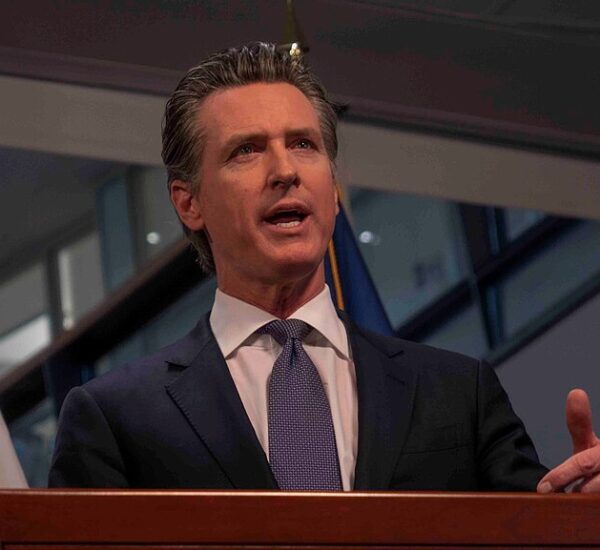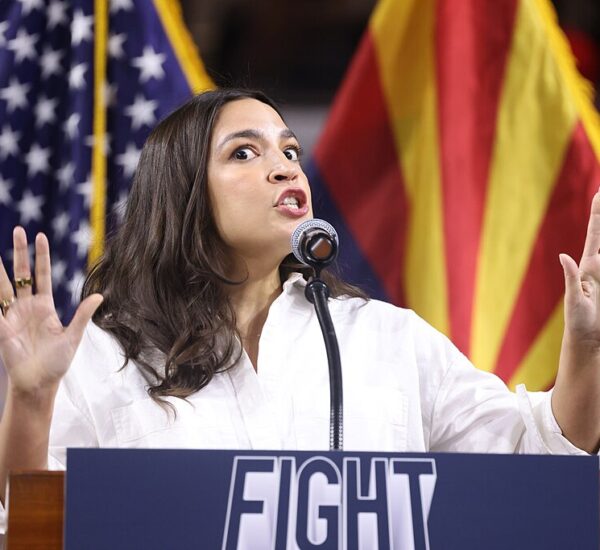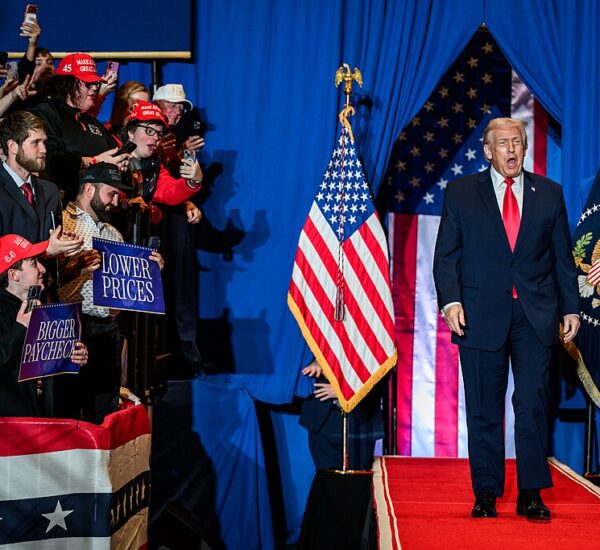Job Numbers By President
Here’s a more detailed breakdown of job creation and employment trends during the administrations of Presidents Barack Obama, Donald Trump (first and second terms), and Joe Biden. This summary reflects how each leader shaped the labor market through economic policy, unforeseen crises, and recovery efforts.
Barack Obama (2009–2017):
When President Obama took office in January 2009, the United States was in the depths of the Great Recession—the worst financial crisis since the Great Depression. Millions of Americans were losing jobs, and unemployment was climbing rapidly. At its peak in October 2009, the national unemployment rate hit 10%.
Through major stimulus efforts, including the American Recovery and Reinvestment Act and interventions in the auto and banking industries, the Obama administration began to stabilize the economy. Job losses slowed and then reversed, and the economy entered a steady recovery. Over the course of his two terms, approximately 11.6 million jobs were added to the U.S. economy. By the time he left office in January 2017, the unemployment rate had fallen to 4.7%, a level considered near full employment by economists.
Donald Trump (First Term: 2017–2021):
President Trump began his term inheriting a growing economy. In the first three years, job growth continued steadily, and business confidence remained high, helped by tax cuts and regulatory rollbacks. Between January 2017 and February 2020, the economy added around 6.6 million jobs.
However, the COVID-19 pandemic struck in early 2020, triggering a massive and abrupt economic shutdown. In just two months, over 22 million jobs were lost. Though the second half of 2020 saw partial recovery with many jobs regained, the net result was a significant loss of jobs during Trump’s first term. By the time he left office in January 2021, the U.S. economy had a net loss of approximately 2.7 million jobs compared to when he took office. The unemployment rate also increased, ending at 6.4%.
Joe Biden (2021–2025):
President Biden assumed office amid the pandemic recovery, with high unemployment and ongoing public health challenges. His administration passed the American Rescue Plan, expanded vaccine distribution, and prioritized infrastructure investments and social programs.
Under his tenure, the economy experienced a robust rebound, especially in sectors heavily impacted by the pandemic. From January 2021 through the end of 2024, the U.S. economy added roughly 16.6 million jobs, one of the fastest periods of job growth in American history. Unemployment steadily declined, reaching 4.1% by the close of 2024. While inflation and supply chain issues created challenges during his presidency, the labor market remained strong throughout most of his term.
Donald Trump (Second Term: 2025–Present):
President Trump returned to office in January 2025, once again taking charge during a period of economic transition. In the early months of his second term, job growth continued, with over 220,000 new jobs added in March 2025 alone, suggesting a strong labor market.
However, his reimplementation and expansion of tariffs on a wide range of global imports have introduced uncertainty. While the goal is to protect American manufacturing and reduce trade imbalances, these policies risk increasing costs for businesses and consumers. There are concerns that prolonged trade conflicts could slow hiring or even lead to job losses in some industries. As of now, the unemployment rate stands at 4.2%, but economists are closely watching indicators for any signs of economic slowdown.
Summary:
- Obama: +11.6 million jobs, unemployment dropped from 10% to 4.7%.
- Trump (1st term): Net -2.7 million jobs due to COVID-19, though 6.6 million were added pre-pandemic.
- Biden: +16.6 million jobs, unemployment fell to 4.1%.
- Trump (2nd term): Off to a strong start with job gains, but facing economic risks from tariff policies.
Each president faced unique circumstances, from financial crises to global pandemics. Their policy choices, timing, and responses to economic challenges shaped job creation in distinct ways—some through steady recovery, others through rapid rebounds or sharp downturns.






